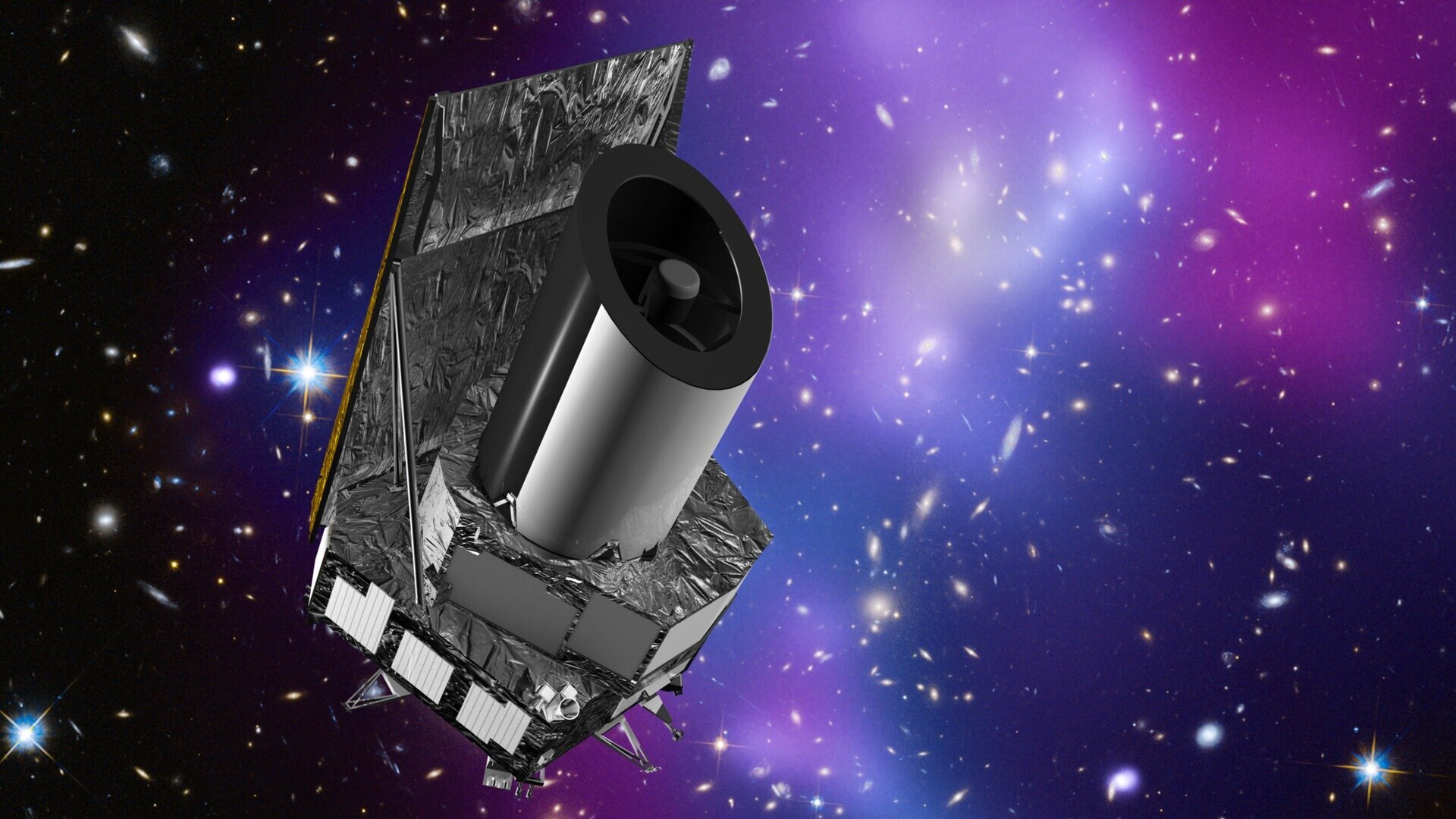
This successful launch marks the beginning of an ambitious mission to unravel the nature of two mysterious components of our universe – dark matter and dark energy – to help us answer the fundamental question: What is the universe made of? The Euclid Program is a European mission launched and operated by the European Space Agency, with contributions from NASA, with an eponymous consortium responsible for providing scientific instruments and analyzing scientific data.
Of course the mission has its name Ancient Greek mathematician Which occupies a privileged place in the history of mathematics and logic. He is considered the “Father of Geometry” and is mainly known for having established in his famous work Elements the first to establish a strictly organized and coherent system of assumptions (theories and conclusions) based on a set of common definitions, concepts and only 5 unprovable preliminary propositions (claims). The work laid the foundations for the geometry that largely prevailed until the early nineteenth century.
“The successful launch of Euclid marks the beginning of a new scientific effort that will help us answer one of the most exciting questions in modern science,” said Josef Ashbacher, Director General of the European Space Agency. The Euclid mission was made possible by the contribution of the European Space Agency’s leadership, the efforts and expertise of hundreds of European industrial and scientific institutions, and the contribution of international partnerships. The search for answers to fundamental questions about our world is what makes us human. It is often the driving force behind the advancement of science and the development of new, powerful and far-reaching technologies. The European Space Agency is committed to extending Europe’s space ambitions and successes for generations to come.”
Euclid will observe billions of galaxies up to 10 billion light-years away to create the largest and most accurate 3D map of the universe, with the third dimension representing time itself. This detailed map of galaxies’ shape, location, and motion will reveal how matter is distributed over vast distances and how the expansion of the universe has evolved throughout cosmic history, allowing astronomers to infer the properties of dark energy and dark matter. This will help theorists improve our understanding of the role of gravity and determine the nature of these mysterious entities.
To achieve his ambitious science goal, Euclid is equipped with a 1.2-meter reflecting telescope that powers two innovative science tools: VIS, which takes razor-sharp images of galaxies across much of the sky, and NISP, which can analyze the infrared light of galaxies by wavelength to determine their distance. accurately between them.
The spacecraft and communications will be controlled by the European Space Operations Center (ESOC). To handle the huge amount of data Euclid will record, the European Space Agency’s Estrack antenna network has been upgraded accordingly. This data will be analyzed by the Euclid Consortium, a group of more than 2,000 scientists, belonging to more than 300 institutes in Europe, the United States, Canada and Japan.
As the mission progresses, Euclid’s data set will be shared annually and made available to the global scientific community through the Science Archive hosted by the European Space Agency’s European Center for Space Astronomy in Spain.
“This is a great moment for science, a moment we have been waiting for for a long time: the launch of Euclid, with the mission to decipher the mystery of dark matter and dark energy,” said Rene Lorig, ESA’s Euclid Program Scientist. . “The great mystery of the fundamental components of the universe stares us in the face, presenting us with an enormous challenge. With its advanced telescope and powerful scientific instruments, Euclid is ready to help us solve this mystery.”
Over the next four weeks, Euclid will travel to the Lagrangian point 2 of the Sun and Earth, an equilibrium point of the Sun-Earth system located 1.5 million km from Earth (about four times as far as the Earth and Moon) in the opposite direction from the Sun. There, Euclid will orbit around this point and mission controllers will begin activities to verify all spacecraft functions, test the telescope, and finally operate the science instruments.
Scientists and engineers will then engage in an intensive two-month phase of testing and calibrating Euclid’s scientific instruments in preparation for routine observations. Over the next six years, Euclid would survey a third of the sky with unprecedented precision and sensitivity.
-
17

“Total alcohol fanatic. Coffee junkie. Amateur twitter evangelist. Wannabe zombie enthusiast.”





More Stories
Is this what the PS5 Pro will look like? (Image)
Finally, Windows 11 24H2 update significantly boosts AMD Ryzen – Windows 11 performance
Heart Surgeon Reveals The 4 Things He ‘Totally Avoids’ In His Life